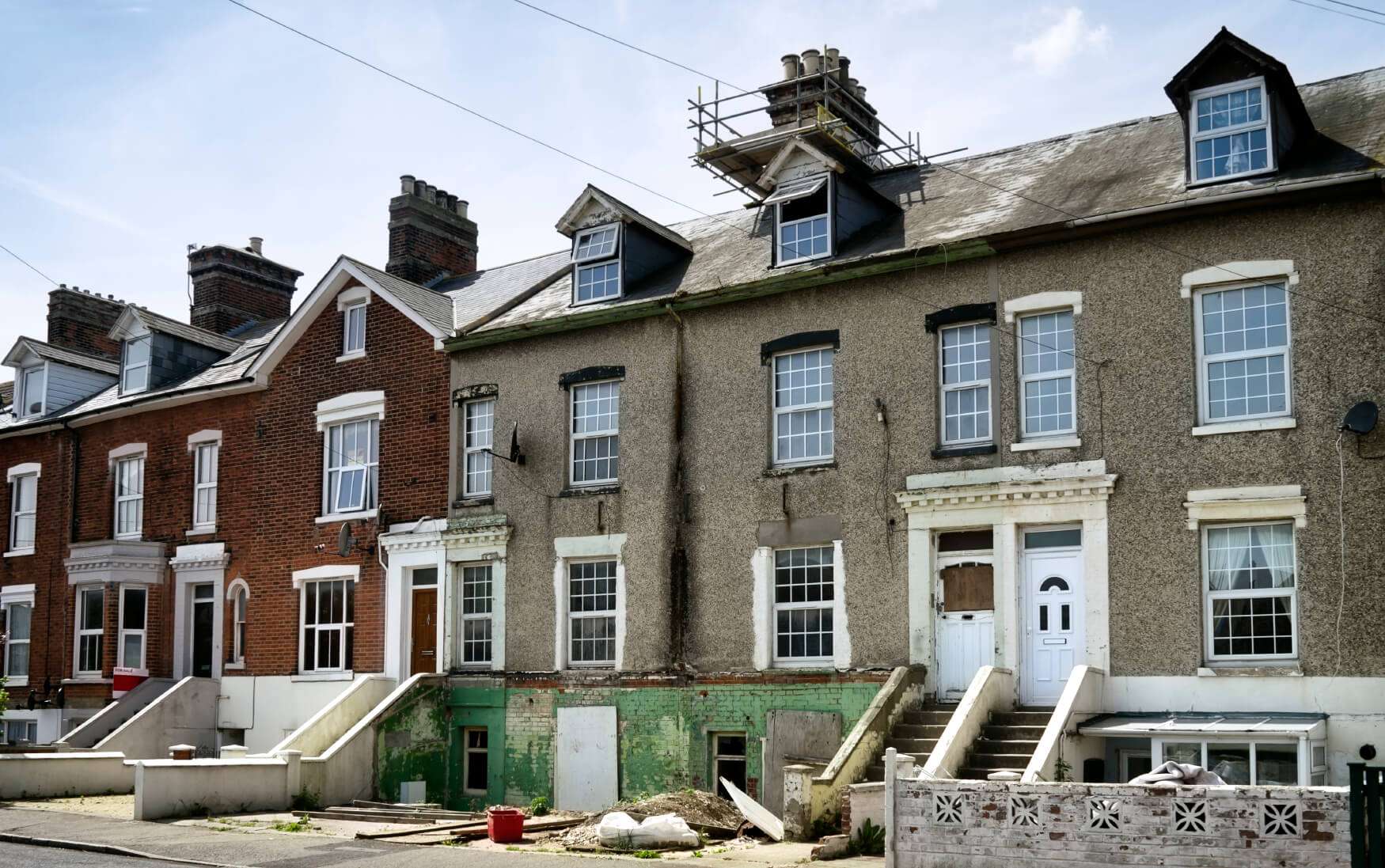
The Victorian Era was about reviving classic architectural designs and styles. Gothic, Tudor and Italianate were some of the traditional British designs that saw popularity during this era. John Ruskin, an art critic during the Victorian Era, led the revival of traditional architecture which used better building materials to forge a new future.
One of the most prominent designs in Victorian Era houses was sash windows. These windows offered an ideal balance between ventilation and illumination. They were also the perfect weatherproof enclosure for homes.
As we explore sash windows through the Victorian Era, it may encourage you to retain the splendour of your Victorian-period home by refurbishing, upgrading or replacing your traditional sash windows. If this is the case, get in touch with our expert team today.
Victorian Architecture
Queen Victoria’s reign during the 19th century introduced innovation in manufacturing processes. Thanks to the establishment of a railway system, raw materials such as slate from North Wales and mass-produced bricks from Bedfordshire helped revolutionise the construction process. Homes featured elaborate details as well as Greek-inspired facades being prominent during this time. Iron railings, decorative shingles, stained glass windows, roofs sporting different angles and stonework were other notable features. Geometric terracotta tiles and a fireplace in the average Victorian home were standards in its interior.
Victorian Era Sash Windows
The Victorian Era was all about ornate and elaborate designs, which were adapted by sash window manufacturers. Georgian sash windows were altered by fitting larger sheets of glass and re-glazing old windows. Old glazing bars were removed as glazing bars became smaller. Although window proportions also changed, ventilation and light were maximised.
More window panes, or sashes, were also added to the Victorian sash windows. Since larger window panes were the design norm during that period, four, eight and 12-pane sash windows were used. There were even 16-window pane sash windows which were featured on homes or buildings fronting the bay area or harbour. The number of windows, their size and shape gave Victorian homes and buildings their unique character. Sash windows which were vertically designed allowed for natural lighting while it protected its inhabitants from excessive glare. The careful graduation of these windows allowed natural light into other rooms of the house as well, opening up the space of homes.
Victorian Gothic-inspired villas and some terraces used four-paned sash windows. These windows were also adapted by low-cost terraced homes. The essential rooms of a home used plate-glass for their sash windows, due to the advancements in glass production during this era, a single glazing bar was enough for sash windows. Even rural properties benefited from these glass production techniques.
Sash windows became popular with builders during the Victorian Era. Due to cheaper glass manufacturing techniques and the benefits of installing these types of windows made them the standard for homes and buildings around London. Interested in learning more about the Victorian history of sash windows in London? Take a look at our blog on London and Victorian sash windows.
Give your period home a sash window upgrade by contacting us today >
Reinstate the Classic Look of Your Home with Victorian Era Inspired Sash Windows with The Specialist in Sash Windows
If you’re after Installation, Replacement & Upgrade Specialists for Sash Windows or Casement Windows, The Specialists in Traditional Sash Windows are here to help. Get in touch to arrange a visit to our showroom today.
We endeavour to serve as much of London, Surrey, and the South of England as possible and have been installing & renovating sash windows, casement windows and doors throughout these areas since our founding in 1999.
We cover areas including Central London, South London, South West London, West London, Surrey, Berkshire, Parts of Kent, Hampshire, Middlesex and Parts of East and West Sussex. Please see the areas we serve for further location details.






